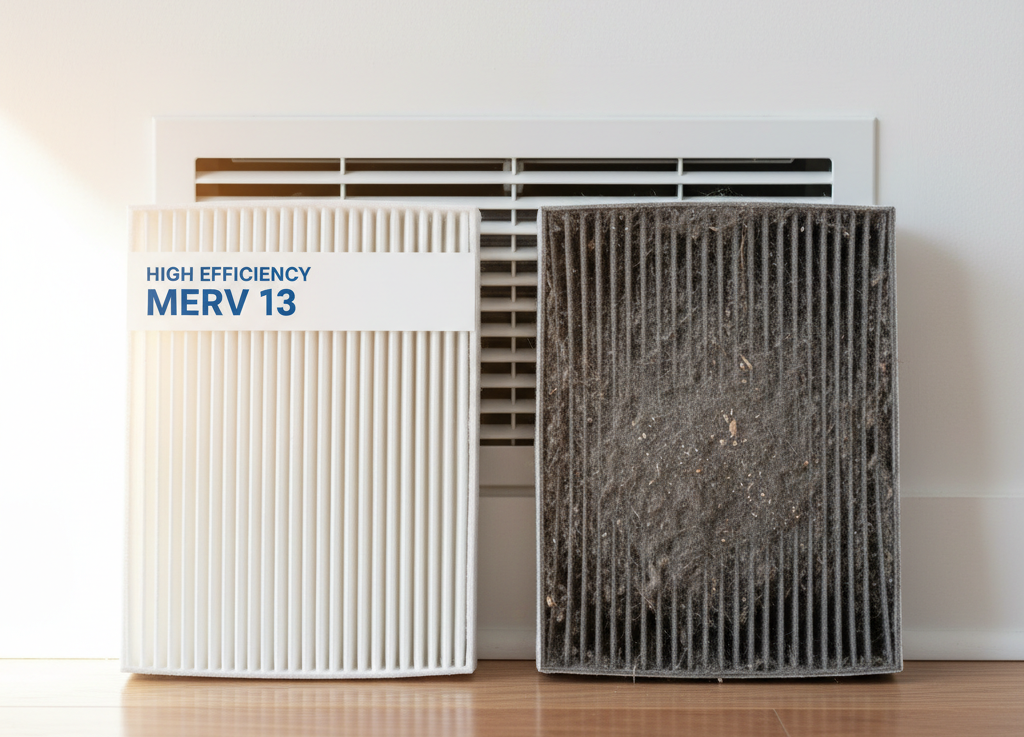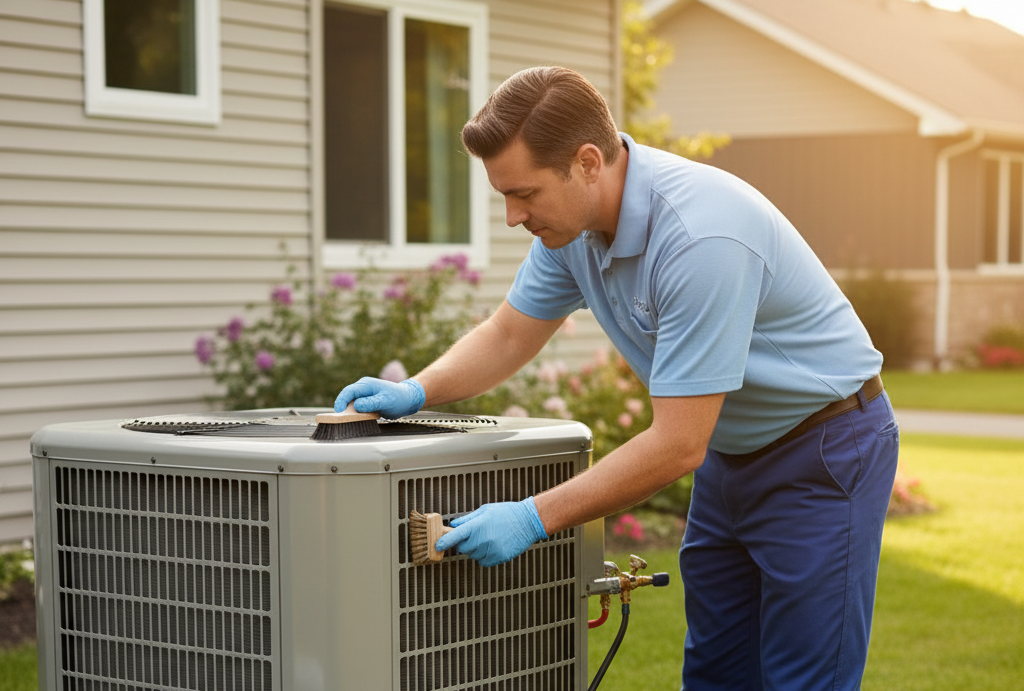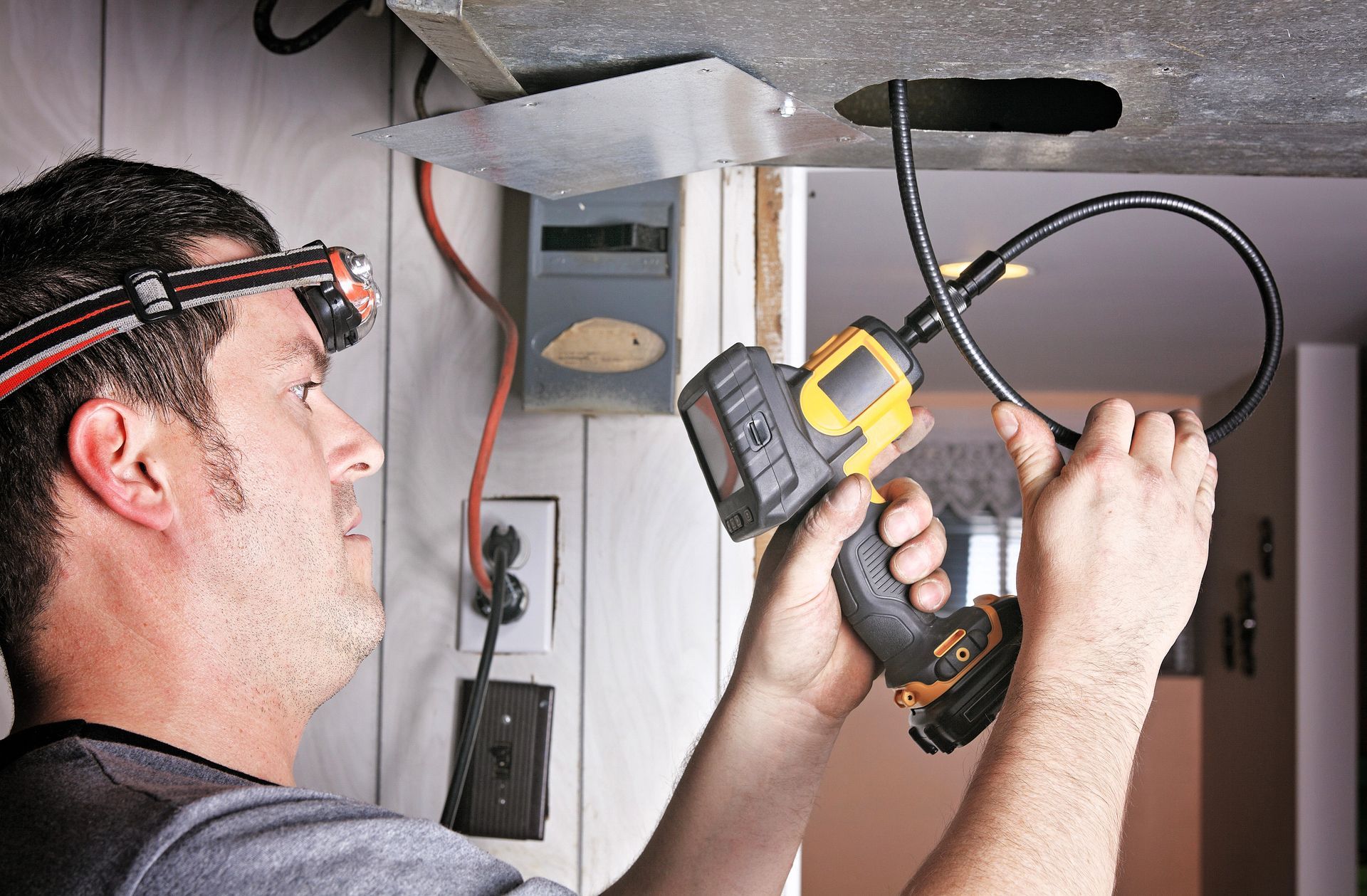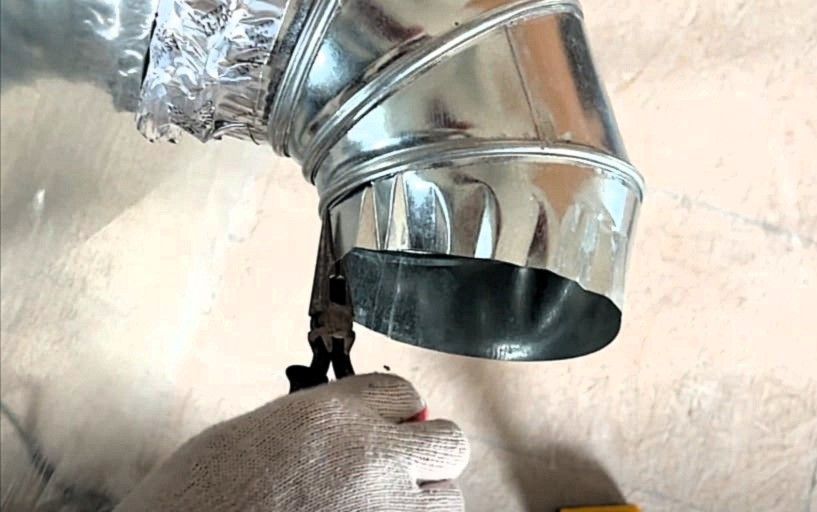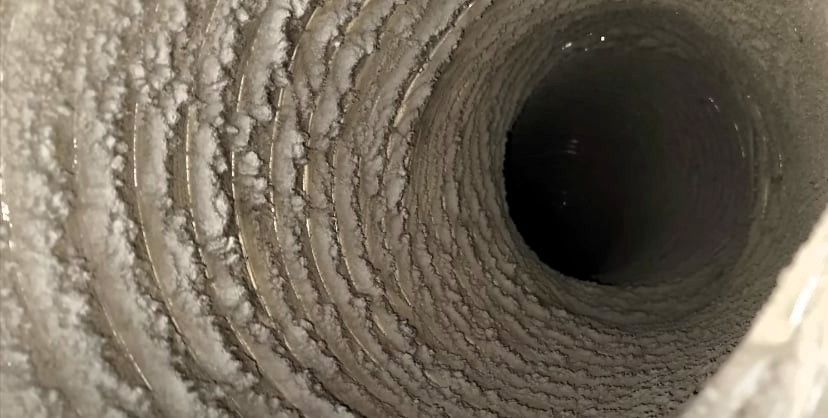Aeroseal vs. Manual Sealing: Which Duct Sealing Method Is Best?
What homeowners need to know before choosing between Aeroseal and manual sealing.
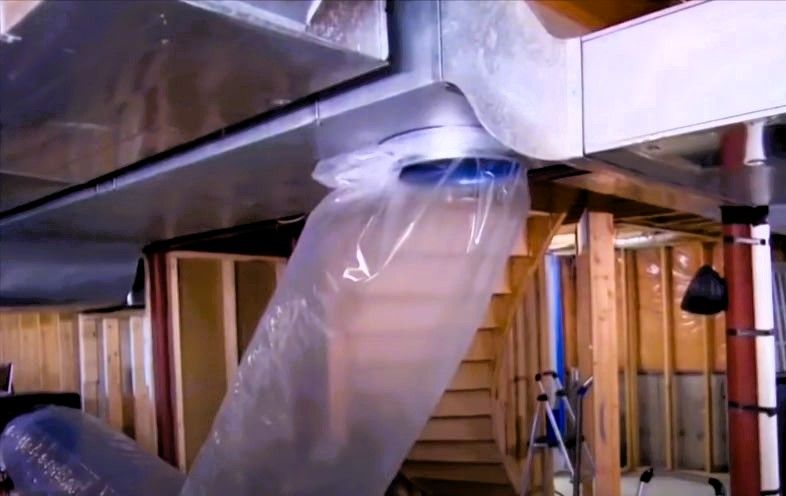
Have you noticed how one room in your house is chilly enough to need a sweater in the winter, while another feels like a sauna in July? Or maybe you’ve looked at your energy bill and thought, “Wait a second… how is it that high?”
Here’s the thing: it’s not always your furnace or AC that’s to blame. More often than not, the real problem is hiding in plain sight—your ductwork. Tiny leaks you can’t see may be letting out as much as 30% of the heated or cooled air you’re paying for.
To put it in perspective, that’s like filling your car’s gas tank and watching a third of it spill onto the ground before you even drive away. Painful, right?
The good news is, you can fix it. The two most common options are the tried-and-true manual sealing method and the newer, high-tech solution called Aeroseal. So which one should you choose? Let’s break it down in plain language.
The Old Standby: Manual Sealing
Manual sealing is the classic, no-frills approach. A technician (or a handy homeowner) finds visible leaks and patches them with a sticky paste called mastic or with foil tape.
It’s straightforward, budget-friendly, and effective for those obvious problem spots you can see and reach. If your ducts just need a few touch-ups, this method may do the trick.
But here’s the catch: ductwork loves to hide. A lot of leaks are buried in walls, tucked into crawl spaces, or wedged into areas no human hand—or roll of tape—can easily reach. Even after hours of work, some leaks may be left behind. And over time, tape and paste can crack, meaning you might be dealing with the same issue again down the road.
The High-Tech Solution: Aeroseal
Aeroseal works a little like magic—or science fiction. Instead of crawling around your ductwork with tape and paste, a certified technician connects a machine to your system, seals off the vents, and then fills the ducts with a fine mist of safe, water-based sealant.
Here’s the cool part: the air pressure carries that mist directly to every leak, big or small. The particles cling together at the gaps, sealing them from the inside out. It’s like sending thousands of tiny “fix-it bots” into your ductwork to take care of business.
And because Aeroseal seals even the hidden leaks you’d never find manually, the results are dramatic. Many homeowners notice rooms finally staying the same temperature, cleaner indoor air, and—best of all—lower energy bills. On average, Aeroseal seals up to 95% of duct leaks.
The trade-off? It costs more upfront than manual sealing. But when you factor in energy savings, improved comfort, and a solution that lasts decades, a lot of people find it pays for itself.
So, Which One Really Wins?
Let’s cut through the noise.
- Manual sealing is a solid choice if you’re only dealing with a few leaks you can see and reach. It’s practical, budget-friendly, and works well for quick fixes.
- Aeroseal, on the other hand, is the game-changer. If your ducts are older, tucked behind walls, or you’re tired of uneven rooms and sky-high energy bills, this method gives you the most bang for your buck.
In reality, many homeowners get the best results from using both methods together—seal the obvious leaks by hand, then let Aeroseal take care of the hidden ones.
Think of it like fixing an umbrella. You can patch the big tears with tape, but if you want to stay truly dry in the storm, you’ll need a solution that seals up all the little holes you can’t see too.
Why It Matters More in Grand Rapids
Here in West Michigan, we put our HVAC systems through the wringer—icy winters, sticky summers, and everything in between. That means leaky ducts aren’t just annoying, they’re expensive. Every bit of heated or cooled air lost in your ducts is money out of your pocket.
And if you’ve ever had that one upstairs bedroom that’s always colder than the rest of the house? Proper duct sealing could finally solve that mystery.
The Final Takeaway: Seal in Comfort
If you want a quick, inexpensive patch for one or two leaks, manual sealing is fine. But if you’re after whole-home comfort, cleaner air, and long-term savings, Aeroseal is the clear winner—especially in older Grand Rapids homes where leaks are almost always hidden out of sight.
At Grand Rapids Duct Cleaners, we make the process simple and stress-free. Whether your home just needs a few spots sealed manually or you’re ready for the full power of Aeroseal, our team knows how to lock in comfort, efficiency, and savings.
So don’t keep paying to heat and cool the outdoors.
Call Grand Rapids Duct Cleaners today to schedule your duct inspection—and start keeping the air you pay for where it belongs: inside your home, keeping your family comfortable year-round.

